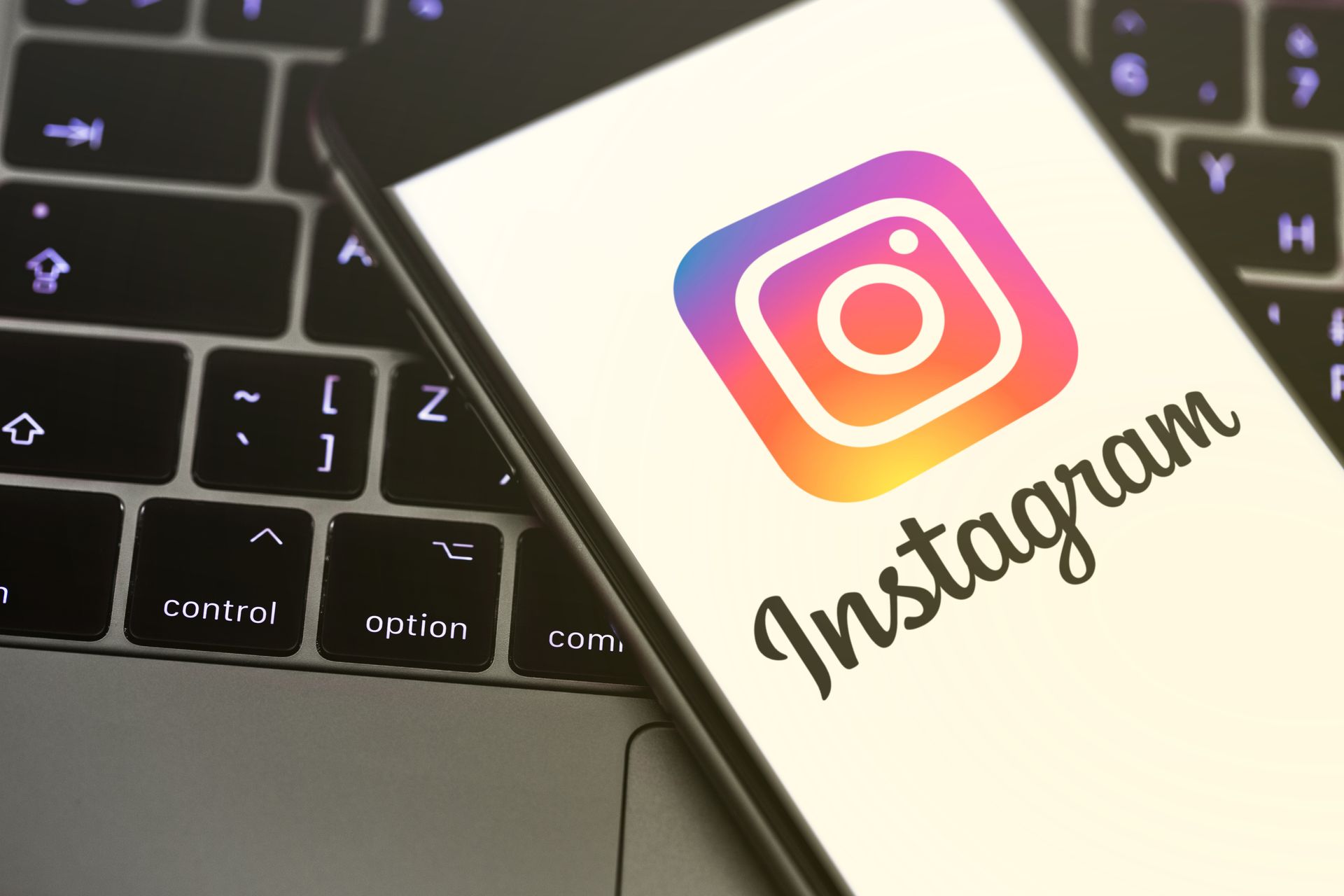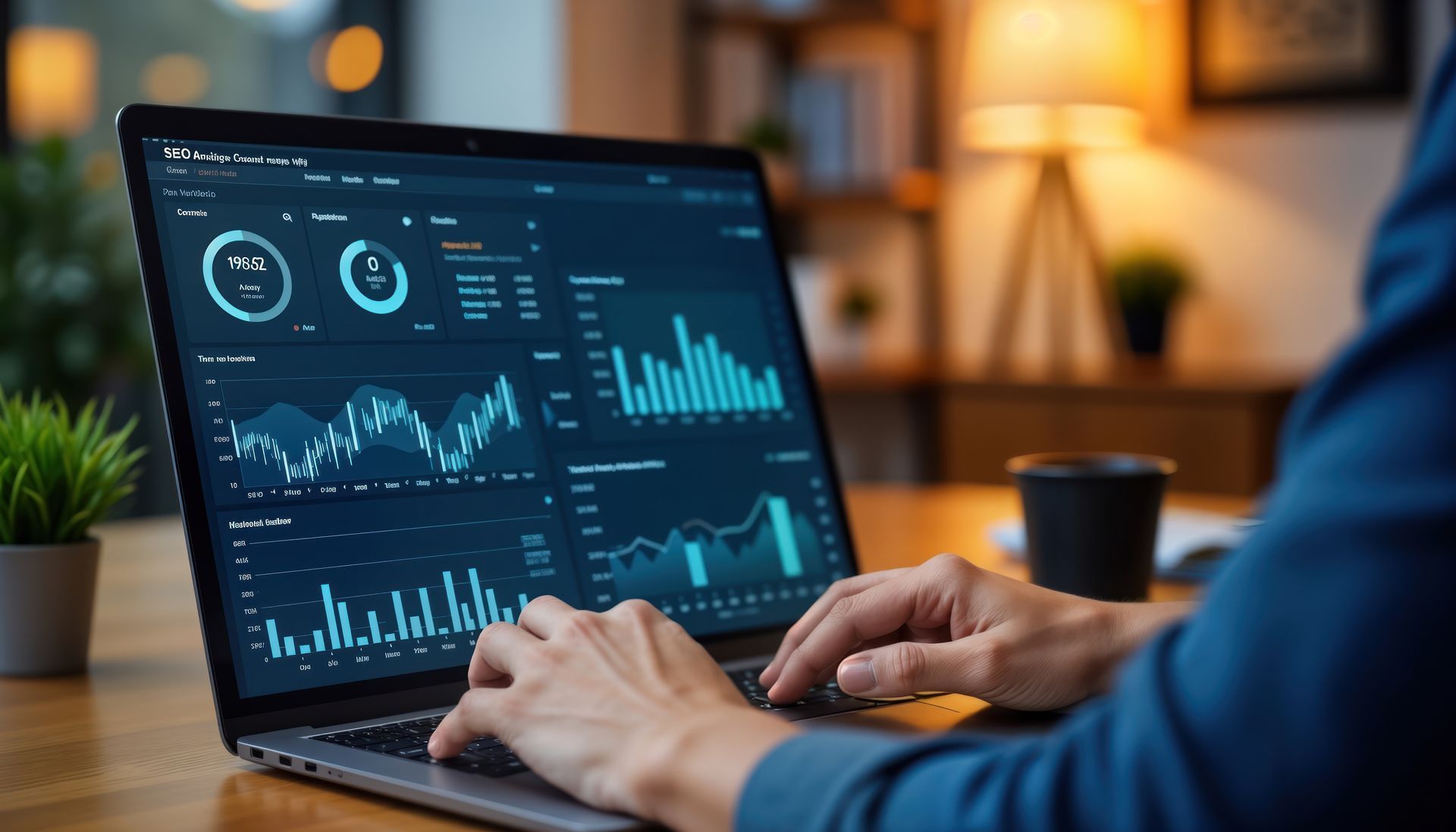Unlocking the Future: Mastering Instagram Metrics in 2025 for Explosive Growth
Unlocking the Future: Mastering Instagram Metrics in 2025 for Explosive Growth
In the fast-paced world of social media, Instagram continues to dominate as a powerhouse platform for businesses looking to expand their reach and drive growth. With its visually captivating content and engaged user base, Instagram offers endless opportunities for businesses to connect with their target audience. But how do you know if your Instagram strategy is truly driving results?
In this article, we delve into the future of Instagram metrics and how mastering them can unlock explosive growth for your business in 2025. We'll explore the key metrics that are worth tracking, from engagement rates to follower growth, and provide practical tips on how to interpret and leverage these insights to optimise your content strategy.
Whether you're an established brand or a budding influencer, understanding the evolving landscape of Instagram metrics is essential to stay ahead of the competition and effectively connect with your audience. Join us as we uncover the secrets to boosting your Instagram presence and propelling your business towards unprecedented success in the digital age.
The importance of Instagram metrics
In the ever-evolving landscape of social media marketing, Instagram metrics serve as critical indicators of a brand's performance and engagement with its audience. As businesses increasingly rely on data-driven strategies, understanding these metrics becomes paramount to achieving significant growth. Metrics provide insights into what resonates with your audience, enabling marketers to fine-tune content and, ultimately, improve ROI. Without tracking performance, brands risk missing out on valuable opportunities and insights that could enhance their social media presence.
Moreover, Instagram's unique visual format demands that brands adopt a tailored approach to content creation and distribution. Metrics reveal which types of content resonate most with followers, whether it be images, videos, or Stories. By keeping a close eye on engagement metrics, brands can identify trends and preferences, allowing them to create more of what their audience craves. This iterative process not only boosts engagement but also fosters a sense of community and loyalty among followers, which is essential for long-term success.
Lastly, as competition on the platform intensifies, brands must leverage Instagram metrics to differentiate themselves. By analysing data, businesses can spot gaps in their strategy and capitalise on emerging trends, ensuring they stay ahead of the curve. This analytical approach empowers brands to navigate challenges effectively and seize opportunities for growth, ultimately leading to a more robust and dynamic Instagram presence that translates to real-world results.
Understanding the Instagram algorithm
To effectively master Instagram metrics, one must first grasp how the platform’s algorithm operates. Instagram's algorithm plays a pivotal role in determining which content appears on users' feeds, influencing engagement rates and overall visibility. The algorithm prioritises content based on various factors, including user interactions, relevance, and recency. Understanding these elements is crucial for optimising content strategies and ensuring that posts reach their intended audience.
User engagement is at the heart of the algorithm. The more a user interacts with a brand's content through likes, comments, shares, and saves, the more likely the algorithm will prioritise that brand's future posts in the user's feed. This highlights the importance of creating engaging and relevant content that encourages interaction. Brands should focus on building relationships with their followers, as fostering genuine engagement can lead to higher visibility and broader reach.
Additionally, the algorithm rewards consistency and frequency. Regular posting keeps a brand relevant and top-of-mind for followers. However, it's essential to strike a balance; posting too much can overwhelm followers, while posting too little may lead to decreased visibility. By understanding how the Instagram algorithm functions and the role of metrics in influencing it, brands can develop strategies that align with these dynamics, ultimately enhancing their chances of success on the platform.
-
Key Instagram metrics to track
Identifying which Instagram metrics to track is essential for optimising a brand's performance and growth on the platform. While there are numerous metrics available, focusing on a select few can provide actionable insights that directly impact a brand's strategy. Key metrics to monitor include engagement rate, reach, impressions, follower growth, and hashtag performance. Each of these metrics provides a unique perspective on how content is performing and how well the brand is connecting with its audience.
Engagement rate is perhaps the most critical metric, as it reflects how actively users are interacting with a brand's content. Calculated by dividing the total engagement (likes, comments, shares) by the total number of followers, this metric serves as a key indicator of content effectiveness. A higher engagement rate typically suggests that content resonates well with the audience, which can lead to increased visibility and growth.
Reach and impressions are also vital metrics to track as they provide insights into how many users are viewing content. Reach indicates the total number of unique users who have seen a post, while impressions refer to the total number of times a post has been displayed, regardless of whether it was clicked. Monitoring these metrics helps brands gauge the effectiveness of their content distribution strategies and identify opportunities for improvement.
-
Tracking engagement metrics
Engagement metrics are crucial for evaluating how well a brand's content is connecting with its audience on Instagram. By closely monitoring these metrics, businesses can identify which posts resonate most with their followers and adjust their content strategies accordingly. Key engagement metrics to track include likes, comments, shares, saves, and the overall engagement rate. Each of these elements provides valuable insights into audience preferences and behaviour.
Likes are the most straightforward form of engagement, representing a quick way for users to express approval of a post. However, while likes are important, they do not tell the whole story. Comments offer deeper insights, as they indicate a willingness to engage in conversation. A high number of comments suggests that a post has sparked interest or provoked thought, which can be a sign of effective content. Brands should encourage comments by posing questions, inviting opinions, or creating polls to foster more interaction.
Shares and saves also play a significant role in understanding audience engagement. When users share a post, they are endorsing it to their own followers, which can exponentially increase a brand's reach. Similarly, when users save posts, it indicates that the content is valuable enough to revisit later. By analysing these engagement metrics, brands can refine their content strategies, focusing on posts that generate meaningful interactions and drive their growth on the platform.
-
Measuring reach and impressions
Measuring reach and impressions is essential for understanding how well a brand's content is performing on Instagram. These metrics provide insights into the visibility and awareness of a brand's posts, helping marketers assess the effectiveness of their content distribution strategies. Reach, which measures the total number of unique users who have seen a post, and impressions, which count the total number of times a post has been displayed, are both crucial for evaluating audience engagement.
Reach is particularly important because it indicates how many individuals are being exposed to a brand's message. A high reach suggests that a post is successfully capturing the attention of a broad audience, which can lead to increased engagement and follower growth. Brands should aim to create content that sparks interest and encourages users to share, as this can further amplify reach. Additionally, monitoring reach over time can help brands identify trends and understand how changes in their content strategy impact audience exposure.
Impressions offer a complementary perspective, as they measure the total number of times a post has been viewed, regardless of whether it was clicked or engaged with. This metric can help brands assess how effectively their content is being distributed across the platform. If impressions are high but reach is low, it may indicate that the same users are repeatedly seeing the content without engaging. In such cases, brands may need to rethink their approach, perhaps by diversifying their content or experimenting with different posting times to maximise exposure.
-
Analysing follower growth
Follower growth is a key performance indicator for businesses on Instagram, as it directly reflects the effectiveness of a brand's marketing efforts. An increasing follower count indicates that a brand is successfully attracting new audiences, while stagnation or decline can signal underlying issues with content strategy or audience engagement. Analysing follower growth not only helps brands understand their current performance but also allows them to identify trends that can inform future strategies.
To effectively analyse follower growth, brands should monitor not only the total number of followers but also the rate of growth over time. A sudden spike in followers may suggest that a particular post or campaign resonated well with the audience, while a decline could indicate a need for reevaluation. Additionally, brands should consider the quality of their followers; engaging with a targeted audience is often more beneficial than simply amassing a large number of followers who may not be genuinely interested in the brand's offerings.
Engaging with followers can also play a significant role in fostering growth. Brands that actively respond to comments, engage in direct messages, and participate in conversations are more likely to build a loyal community. This sense of connection can lead to word-of-mouth referrals and organic growth, as satisfied followers share their positive experiences with others. By analysing follower growth and engagement metrics, brands can develop strategies that not only attract new followers but also retain and nurture existing ones.
-
Monitoring hashtag performance
Hashtags are a powerful tool for enhancing visibility on Instagram, and monitoring their performance is essential for optimising content strategies. By using relevant and trending hashtags, brands can increase their chances of reaching a broader audience and attracting new followers. However, not all hashtags are created equal; some may yield better results than others. Therefore, analysing hashtag performance can provide valuable insights into which tags are driving engagement and visibility.
To effectively monitor hashtag performance, brands should track metrics such as reach, impressions, and engagement associated with specific hashtags. By assessing how different hashtags contribute to the overall performance of a post, brands can identify which ones resonate most with their target audience. This analysis can guide future hashtag selection, allowing businesses to refine their strategies and focus on the tags that yield the best results.
Additionally, experimenting with a mix of popular, niche, and branded hashtags can enhance visibility. While popular hashtags can attract a large audience, they may also be saturated, making it difficult for a brand's content to stand out. Conversely, niche hashtags may have a smaller but more engaged audience, leading to higher conversion rates. By continuously monitoring and adjusting their hashtag strategies based on performance metrics, brands can optimise their reach and engagement on Instagram.
-
Using Instagram analytics tools
In order to effectively track and analyse Instagram metrics, brands should leverage analytics tools designed specifically for the platform. Instagram offers its own built-in insights tool, which provides valuable data on post performance, audience demographics, and engagement metrics. However, for more comprehensive analysis, brands may benefit from utilising third-party analytics tools that offer advanced features and deeper insights.
Third-party tools can provide more detailed reporting on key metrics, allowing brands to create custom dashboards that align with their specific goals. These tools often include features such as competitor analysis, hashtag tracking, and sentiment analysis, providing a well-rounded view of a brand's performance on the platform. By comparing performance against competitors, businesses can identify areas for improvement and develop strategies that set them apart in a crowded market.
Additionally, many analytics tools offer automation features that can streamline the reporting process. Automated reports can save time and effort, enabling brands to focus on strategy development rather than data collection. By leveraging these tools, businesses can make informed decisions based on data-driven insights, ultimately optimising their Instagram strategies for growth and engagement.
-
Interpreting Instagram metrics for growth
Interpreting Instagram metrics effectively is crucial for translating data into actionable strategies that foster growth. Metrics alone do not provide the full picture; understanding the context behind the numbers is key to making informed decisions. Brands should analyse trends over time, comparing metrics across different posts and campaigns to identify patterns and correlations. This analysis can reveal what works, what doesn't, and why.
For instance, if a particular type of content consistently generates high engagement rates, brands should consider creating more of that content. Conversely, if certain posts underperform, it may be time to reevaluate the messaging, visuals, or posting times. By analysing the data and adjusting strategies accordingly, businesses can continuously optimise their content for better performance.
Moreover, it is essential to align metrics with overall business objectives. For example, if a brand's goal is to increase sales, tracking metrics related to website clicks and conversions may be more relevant than focusing solely on engagement rates. By connecting metrics to specific goals, brands can prioritise their efforts and ensure that their Instagram strategies contribute to broader business success.

Resources and Courses to Help You Master Social Media Marketing
To truly master social media marketing, leveraging the right resources and training options can significantly accelerate your learning journey. Platforms like Coursera, Udemy, and LinkedIn Learning provide a wide range of courses, covering everything from content creation to analytics. These courses often feature industry experts sharing valuable strategies, insights, and best practices to enhance your skills.
In addition to online courses, blogs, podcasts, and webinars remain invaluable for staying updated on trends and changes in the social media landscape. Following industry leaders on platforms like Twitter, subscribing to newsletters, or joining LinkedIn groups can connect you with communities of like-minded marketers to share experiences and gain fresh perspectives.
For hands-on support, consider engaging a social media agency for tailored training that addresses your unique needs. Agencies often provide specialised sessions that dive deep into platform strategies, tools, and optimisation techniques, equipping you with the expertise needed to thrive in a competitive digital environment.
If you're ready to take your skills to the next level, why not book a spot on our upcoming social media masterclass? Designed for individuals and businesses looking to achieve measurable results, this interactive session offers practical insights and actionable strategies to elevate your social media presence. Get in touch today to reserve your place and start unlocking your full potential in the digital world!
 Rating
Rating

Let's have a coffee
We’d love to hear from you! Just choose the most convenient method and we’ll get back to you as soon as we can.
Tel: 01244 629 523
Email: hello@H10marketing.co.uk
© Copyright 2024 H10 Marketing Ltd. All Rights Reserved.
Company Registration No: 11030469. VAT No. 427333211. Registered Office: Attention: Sarah Hawkins, 1 Old Marsh Farm Barns Business Centre, Old Marsh Farm Road, Sealand, Deeside, Flintshire, CH5 2LY, United Kingdom.












